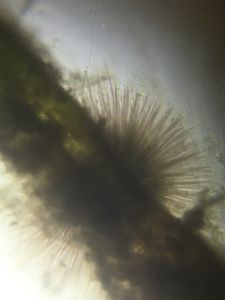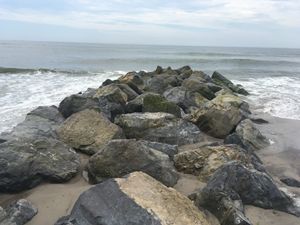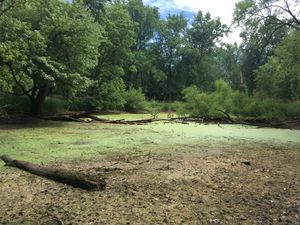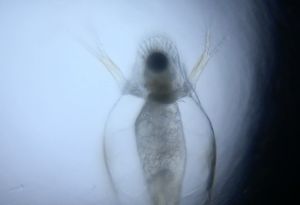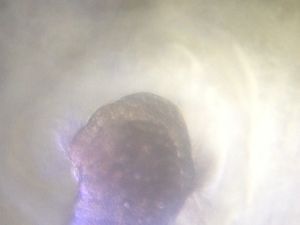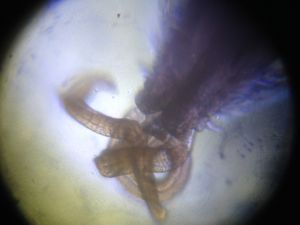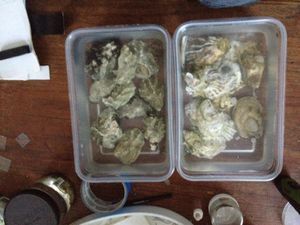Accidental Motion
 Oct 16, 2016 • 8:30 PM UTC
Oct 16, 2016 • 8:30 PM UTC Unknown Location
Unknown Location 140x Magnification
140x Magnification Microorganisms
Microorganisms
Matthew Rossi
I'm a novelist, essayist, and a writing consultant. I work in the writing centers at Columbia and Baruch University and explore research into the overlap of maker cultures and writing. My work with the Foldscope tends to focus on finding wild creatures in urban spaces and looking at how human works are shaped by the movements of the biosphere.
40posts
105comments
4locations
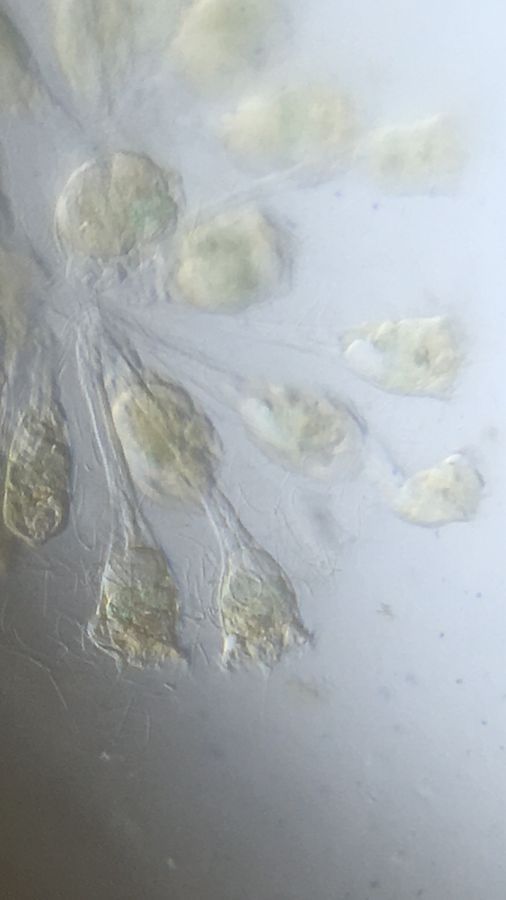
I’ve noticed a few things about rotifers in the last couple of weeks. One is that I tend to find the colonial varieties in the deeper waters of the lakes I hunt in, while along the shore, I tend to find motile individuals. So, for example, I have never found anything like this Conochilus colony bobbing around in the shallows, but when I drop my net into water twenty or thirty feet deep, I come up with a dozen or so of them floating around like tiny submarine mines.
I have a hypothesis about why this is: the colonial creatures do better in the deeper water because a natural settling of the process of the lake tends to draw nutrient rich sediments containing things like algae and bacteria into the deeper water, while individually hunting rotifers do well in shallower water where they can find other plankton and protozoa more actively swimming. That, or else something about the natural random motion of the colony tends to draw them into the rut in the middle of the lake in the same way a set of randomly bouncing balls might eventually agglomerate in a divot in an empty room.
In that same water sample as above, I also found numerous creatures clinging to odd substrates. In one case, another set of ciliates (likely vorticella) also seemingly colonial, grabbing hold of a spongy, spiraling mass of algae.
In that same water sample as above, I also found numerous creatures clinging to odd substrates. In one case, another set of ciliates (likely vorticella) also seemingly colonial, grabbing hold of a spongy, spiraling mass of algae.
Similarly to the rotifers, their collective feeding creates motion in creatures that would otherwise be stationary. While this doesn’t necessarily allow them to move in any organized way, it likely allows the whole group to find more food than if they were alone or stationary. Fascinating to me the way the beating of the cilia around their mouths creates enough of a current in the water that they move (this was visible also in my observation of their colonies without magnification).
In possibly the strangest example of this I’ve seen, I also came across a pair of rotifers attached to a free swimming colony of carchesia (a branching colonial ciliate).
In possibly the strangest example of this I’ve seen, I also came across a pair of rotifers attached to a free swimming colony of carchesia (a branching colonial ciliate).
The rotifer (the larger creature) appears to be a sessile variety (bdelloid maybe) that has grabbed on to the carchesia and is now dragging them forward with it. I can’t imagine this is anything other than an opportunistic relationship, but the effect is to create a sort of absurd and arrhythmic dance of forward motion and contraction. In the water, without magnification, this is less clear. The whole group appears to just be a single mass moving forward through the sample jar.
And so I have more things to puzzle over as I continue to search for creatures. Is the creation of motion in all of these cases only a coincidence, or is there evolutionary benefit to it? Do the rotifers congregate in the deeper water, or do they bounce there chaotically, the seeming purpose in their motion a simple artifact of my brain leaning into an apparent pattern?
And so I have more things to puzzle over as I continue to search for creatures. Is the creation of motion in all of these cases only a coincidence, or is there evolutionary benefit to it? Do the rotifers congregate in the deeper water, or do they bounce there chaotically, the seeming purpose in their motion a simple artifact of my brain leaning into an apparent pattern?
Sign in to commentNobody has commented yet... Share your thoughts with the author and start the discussion!
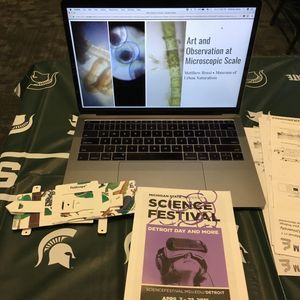
 0 Applause
0 Applause 0 Comments
0 Comments




